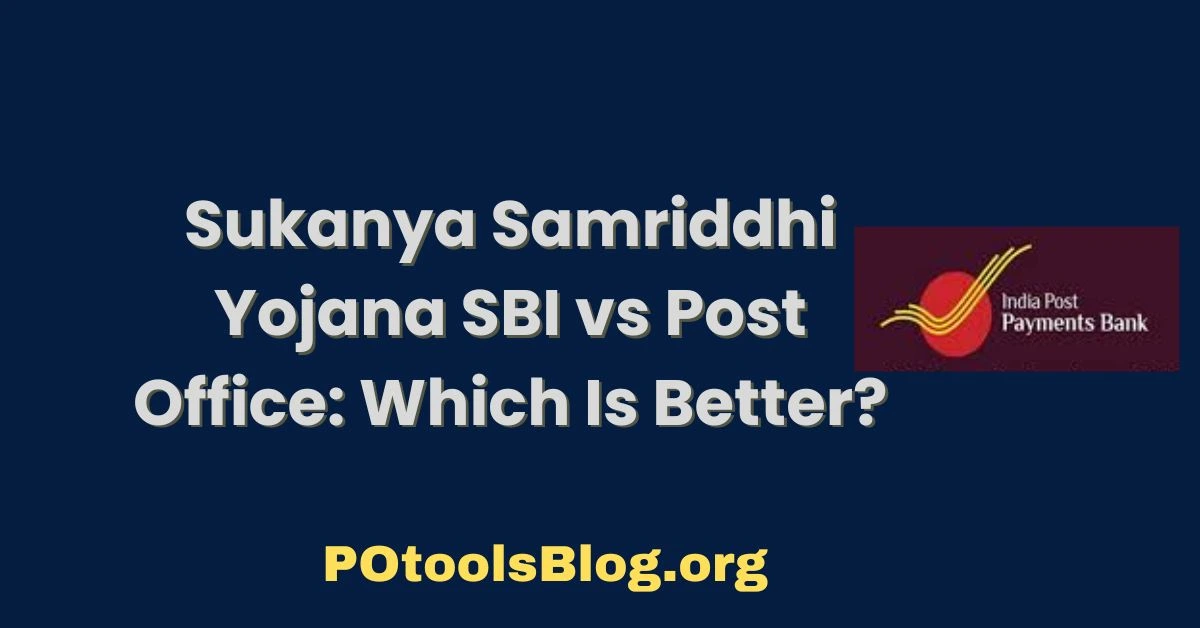Introduction
Girl children in India are eligible to participate in the Sukanya Samriddhi Yojana (SSY), a government-supported savings program designed to ensure their financial future.
At approved banks, such as the State Bank of India (SBI), or at post offices, parents or legal guardians can create an SSY account for a female child who is less than ten years old.
Because it provides investors with favorable tax advantages and good interest rates, the plan is a popular option among investors.
The Rates of Interest and the Returns
Compounding is performed on a yearly basis, and the SSY provides an interest rate of 8.2% each year beginning on January 1, 2024.
The fact that this rate is identical across all approved banks and post offices guarantees that the returns will be the same regardless of the location where the account is initialized.
Advantages to Taxes
By Section 80C of the Income Tax Act, tax deductions may be claimed for investments in SSY, with the maximum amount allowed being ₹1.5 lakh per year.
Additionally, the interest generated and the amount due at maturity are not subject to taxation, resulting in a triple tax benefit.
The Opening of Accounts and Their Accessibility
At both SBI banks and post offices, opening an SSY account is a simple and uncomplicated process. An application form must be filled out and relevant papers must be submitted to complete the procedure.
These documents include the birth certificate of the kid as well as evidence of identity and residence for the guardian. The two establishments have vast networks, which provide convenience depending on the preferences of the person and the closeness of the location.
Restrictions on Deposits and Flexibility
In order to participate in the initiative, a minimum yearly investment of ₹250 is required, while the maximum allowed for any financial year is ₹1.5 lakh.
There is the option to make deposits in a single lump amount or in installments, which provides flexibility to meet a variety of different financial circumstances.
Reaching Maturity and Withdrawing
When the girl reaches the age of 18, the SSY account is considered to have reached maturity, which is 21 years from the day it was opened or when the girl gets married.
After reaching the age of 18, the account holder is entitled to make partial withdrawals, up to fifty percent of the account balance, generally for the purpose of paying for school or marriage-related expenditures.
Sukanya Samriddhi Yojana SBI vs Post Office: Concerns to Choose Account
Under the SSY plan, the government has standardized both the interest rates and the tax advantages that are offered by the SBI and the post offices. This means that both institutions give identical tax benefits and interest rates.
Accessibility and Convenience: SBI is able to provide a broad network of branches and online banking capabilities, which may be appealing to persons who are proficient in technology and are looking for digital access to account information. On the other hand, post offices are often easier to reach in rural regions, which makes life easier for those who live in such places.
Providers of Customer Care The level of customer care provided by various SBI branches and post offices might differ from one another. In the process of selecting the financial institution to establish the account, it is essential to take into consideration personal experiences or to seek suggestions.
Conclusion
There is a program called the Sukanya Samriddhi Yojana that is good for protecting the future of a female kid. This program offers large returns and considerable advantageous tax treatment.
There is no difference in the advantages that are received regardless of whether the account is opened with SBI or a post office.
Accessibility, convenience, and individual desire need to be the two primary considerations that guide the decision-making process.
Take note that the rules governing taxes and interest rates are subject to change. It is strongly suggested that prior to making choices on investments, one should first check the current rates and then communicate with financial experts or the appropriate institutions in order to get the most recent information.

